
when your
Child
has...
Aspergers
Syndrome
 Get the Right Diagnosis
Get the Right Diagnosis
 Understand Treatment Options
Understand Treatment Options
 Help Your Child Cope
Help Your Child Cope
William Stillman
Series Editor: Vincent Iannelli, M.D.

Copyright 2008, Simon and Schuster.
All rights reserved.
This book, or parts thereof, may not be reproduced in any form without permission from the publisher; exceptions are made for brief excerpts used in published reviews.
Published by
Adams Media, an imprint of Simon & Schuster, Inc.
57 Littlefield Street, Avon, MA 02322. U.S.A.
www.adamsmedia.com
Contains materials adopted and abridged from The EverythingParents Guide to Children with Aspergers Syndrome by William Stillman, Copyright 2005 Simon and Schuster.
ISBN-13: 978-1-59869-667-7
ISBN-10: 1-59869-667-X
eISBN: 978-1-44051-548-4
Printed in Canada.
J I H G F E D C B A
Library of Congress Cataloging-in-Publication Data
is available from the publisher.
This publication is designed to provide accurate and authoritative information with regard to the subject matter covered. It is sold with the understanding that the publisher is not engaged in rendering legal, accounting, or other professional advice. If legal advice or other expert assistance is required, the services of a competent professional person should be sought.
From a Declaration of Principles jointly adopted by
a Committee of the American Bar Association
and a Committee of Publishers and Associations
This book is available at quantity discounts for bulk purchases.
For information, please call 1-800-289-0963.
Contents
Chapter 4:Your Childs Ability to Develop
Relationships
Introduction
A diagnosis of Aspergers Syndrome can be both refreshing and heartbreaking. Refreshing because you may finally have an answer for your childs differences from other children.
Why has your child struggled socially and doesnt ever seem to make friends? How come he doesnt seem as coordinated as other kids his own age? Why does he have such narrow interests and become so obsessed about certain things? And why is he so sensitive to lights and sounds that dont bother other people?
It may be because your child has Aspergers Syndrome a type of autism. Although heartbreaking may be too strong a word, parents do often have trouble coping with a diagnosis of Aspergers Syndrome.
Even once they accept the diagnosis, they may wonder why it took so long to get their child recognized as having Aspergers Syndrome if the diagnosis was delayed. They may also have trouble getting passed the fact that Aspergers is a type of autism and may be confused about possible treatments and their childs future.
When Your Child Has... Aspergers Syndrome is a great resource for parents who are concerned that their child might have Aspergers Syndrome and for those who have already received a diagnosis. In addition to signs and symptoms of Aspergers Syndrome, this book will give you the information you need to get your child evaluated and properly diagnosed as early as possible.
Why is there a delay in diagnosis when kids have Aspergers Syndrome? Unlike other developmental disorders, children with Aspergers dont have any language delays and usually have normal intelligence. So they may not be diagnosed until their social issues become a problem.
Children with Aspergers Syndrome may also have a delay in their diagnosis because they are first diagnosed with something else. Their narrow interests often make them seem like they have a short attention span and emotional outbursts can make them seem impulsive and hyperactive, often leading to an inappropriate diagnosis of ADHD. Hopefully, new guidelines from the American Academy of Pediatrics on the Identification and Evaluation of Children With Autism Spectrum Disorders, will help get children with Aspergers Syndrome diagnosed at an early age. Then parents like you can learn about available treatments, discipline, getting ready for school, and what the future has in store for your child with Aspergers Syndrome, with a book like When Your Child Has... Aspergers Syndrome.
Chapter 1
Understanding the Basics
10 Things You Will Learn in this Chapter
About Hans Aspergerthe Austrian pediatrician who formally defined the syndrome.
What the Refrigerator Mother Theory is.
How genetics might play a role in Aspergers.
What the current definition is.
How the diagnosis has changed in the past years.
Why there is a skyrocketing increase in the number of children identified with autism and Aspergers Syndrome.
How to recognize a missed diagnosis.
Recent statistics about the prevalence of the syndrome.
How Aspergers can be misdiagnosed as another mental health experience.
How you or your childs other parent may have Aspergers too.
A Bit of History
Aspergers Syndrome was first formally defined in 1944 by Hans Asperger, an Austrian pediatrician. Asperger studied social interactions, communication, and behavior in children with different ways of being. In 1943, he studied a group of children, mostly boys, who had difficulty interacting in socially acceptable ways. The children appeared intrinsic or self-centerednot necessarily selfish, but rather, they preferred to keep to themselves. Another common characteristic was that they were not physically adept, and were rather uncoordinated. Most experienced no cognitive delays and were, in fact, quite articulate, with a strong command of vocabulary. The children engaged in repetitive physical actions, or were fascinated with nuances of timetables or the mechanics of certain objects such as clocks.
Aspergers in the Past
Asperger published his findings in a paper titled Autistic Psychopathy. By todays standards, the title is alarming and disrespectful but, in using the word psychopathy, Asperger did not intend to describe mentally ill, violent behavior; he was using the clinically acceptable jargon of the day. Aspergers findings were the first documented collection of traits now used to diagnose Aspergers Syndrome.
Unknown to Asperger, a psychiatrist named Leo Kanner was conducting similar research at Johns Hopkins University at about the same time. In 1943, Kanner chose the word autism (from the Greek word autos, or self ) to describe a group of children who shared like, but stereotyped, personality traits, engaged in solitary actions, and who struggled with expressing communication that was effective, reliable, and understandable. In postwar Austria, Aspergers paper languished while Kanners research received recognition.
DID YOU KNOW?
Hans Aspergers findings were published nearly simultaneously with the research of Leo Kanner, another doctor who, in 1944, first distinguished the traits of autism. The two physicians were unknown to one another. Because Aspergers paper was published in German, and Kanners in English, Kanners research received broader distribution and was subsequently popularized. Hans Asperger passed away in 1980 before his research was universally applied.
Next page

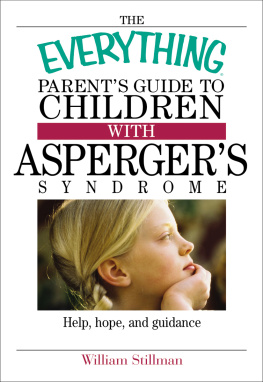


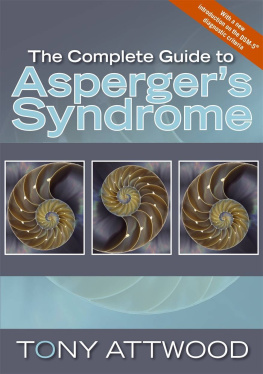

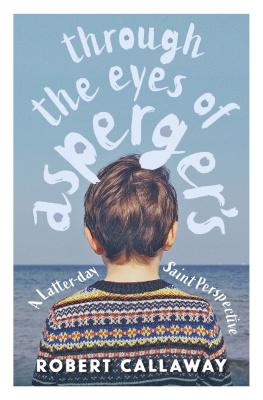
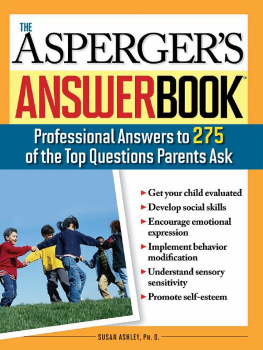



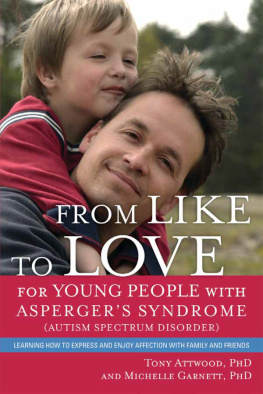
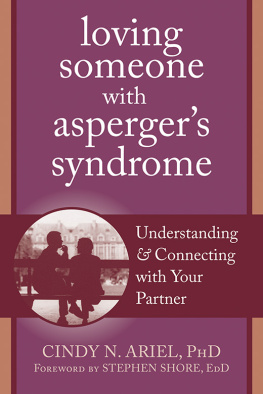

 Get the Right Diagnosis
Get the Right Diagnosis Understand Treatment Options
Understand Treatment Options Help Your Child Cope
Help Your Child Cope